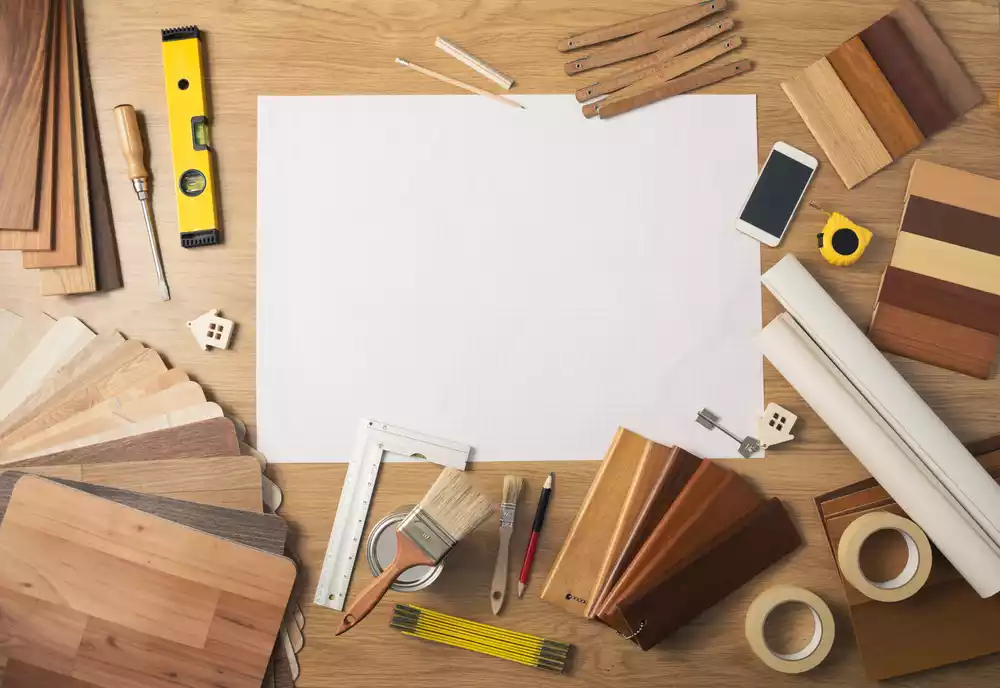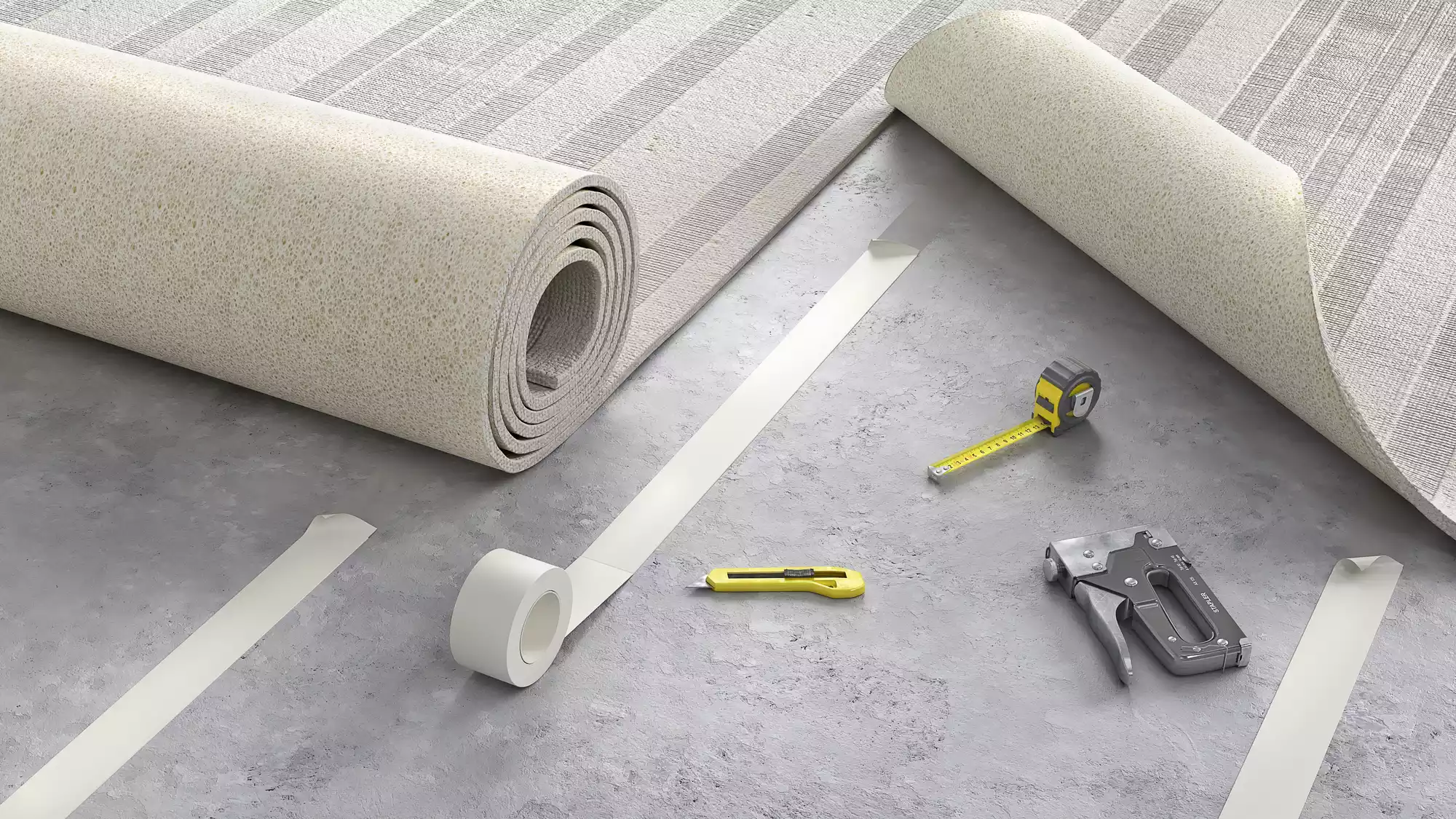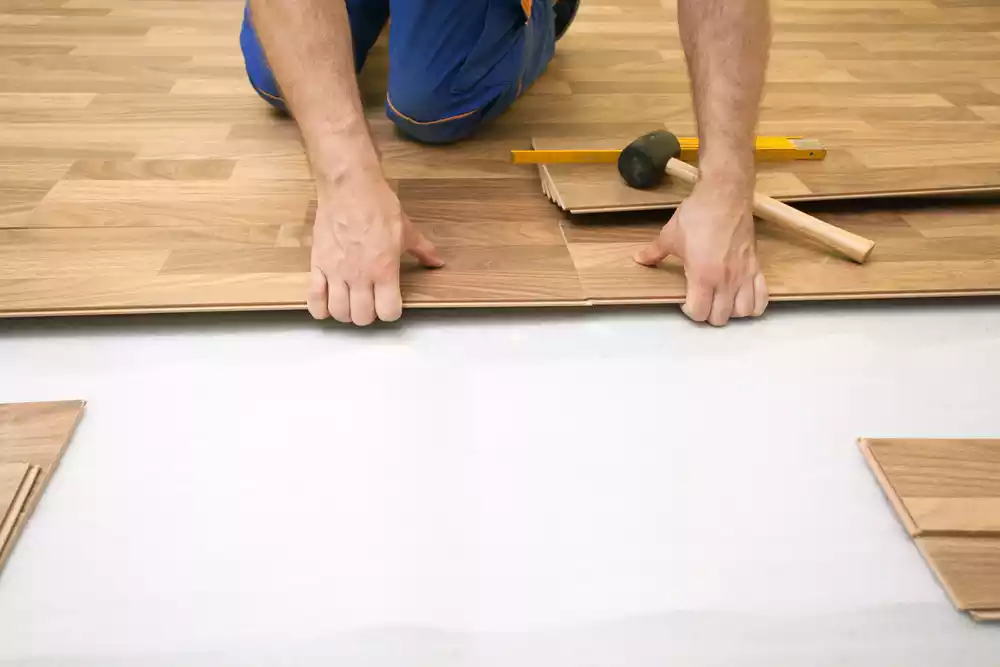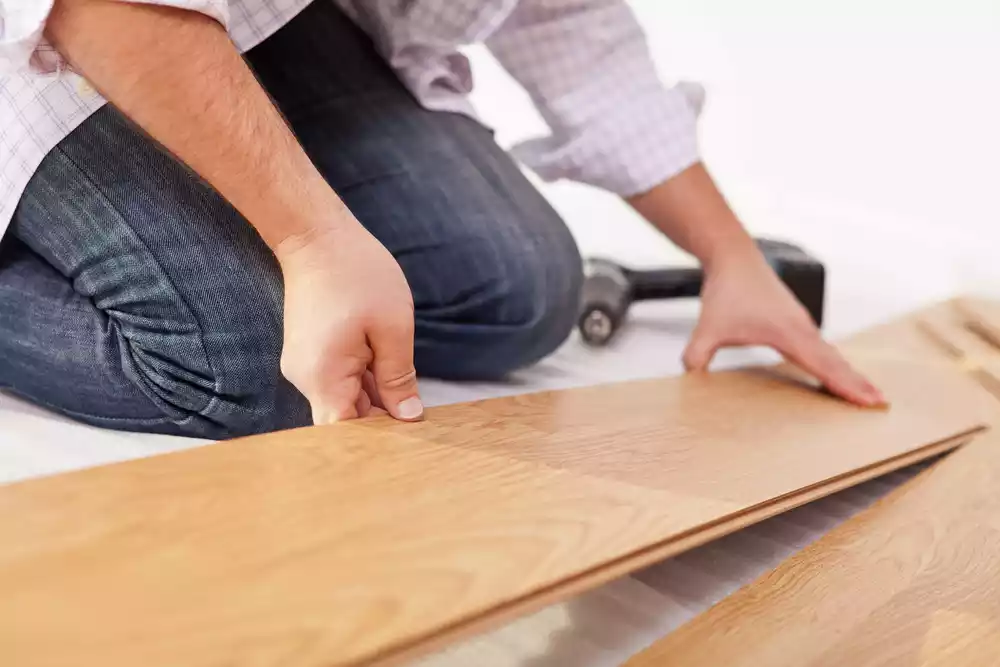When it comes to upgrading floors, the idea of tearing out old tile can feel overwhelming. You know the drill—messy demolition, added costs, and the time it requires can make the whole process seem daunting. That’s why many people, just like you, wonder if it’s possible to install laminate flooring directly over existing tile.
The good news? It’s not only possible but often a practical solution. Laminate flooring offers a stylish, durable, and cost-effective way to refresh your space without the hassle of removing the old tiles. But before diving in, there are a few key factors to consider to ensure the process goes smoothly and delivers the results you’re after.
Can You Install Laminate Flooring Over Existing Tile?
Yes, laminate flooring can be installed over existing tile if specific conditions are met. The tile surface must be level, stable, and free from damage or loose tiles. Any uneven areas, such as raised grout lines, require leveling to avoid compromising the laminate’s alignment.
Subfloor preparation is crucial for a successful installation. Tiles with significant height variations or damage need repairs or may require an underlayment to create a smooth surface. A high-quality underlayment also provides noise reduction and moisture resistance, enhancing the laminate’s performance.
It’s essential to verify the added floor height. Installing laminate over tile increases the overall floor thickness, potentially affecting doors, thresholds, or baseboards. Adjustments to door clearance or trim might be necessary to accommodate the added height without issues.
If conditions like severe tile damage, excessive unevenness, or subfloor instability exist, removing the tile may be a better solution. Always assess the tile’s condition and the laminate’s compatibility with the existing flooring to make an informed decision regarding the installation process.

Pros Of Installing Laminate Flooring Over Tile
Installing laminate flooring over existing tile offers multiple benefits, making it an appealing option for many homeowners. It combines practicality with aesthetics to deliver exceptional results.
Cost-Effectiveness
Overlaying laminate on tile eliminates the need for tile removal, saving time and labor expenses. By skipping this step, you can significantly reduce overall project costs. Additionally, laminate flooring is an affordable material that offers a cost-effective way to refresh your space.
Enhanced Aesthetic Appearance
Laminate flooring provides a variety of design choices, including wood, stone, and ceramic-look finishes, to refresh the space’s appearance. Its textured surfaces and realistic prints enhance visual charm and create a sophisticated look. By covering old tiles with imperfections or outdated styles, it instantly modernizes the room’s decor while maintaining a durable surface.
Easy Installation Process
Laminate flooring typically features a click-lock system, allowing for faster and simpler installation. This design saves effort compared to traditional methods, like adhesive-based flooring options. When the existing tile is clean and level, additional subfloor preparation is minimal. The laminate installation often completes within a few hours, depending on the project size.
Cons Of Installing Laminate Flooring Over Tile
While installing laminate over tile offers convenience, it comes with potential drawbacks. These issues should be carefully evaluated before starting the project.

Height And Clearance Issues
Installing laminate over existing tile increases the total floor height. This added height, often 7-12 millimeters depending on the laminate and underlayment thickness, can cause clearance problems. Doors may stick or fail to close properly and require trimming. Cabinets and baseboards might also appear recessed or misaligned if adjustments aren’t made.
Potential Subfloor Instability
Tile surfaces must be level and sturdy to support laminate flooring effectively. If the tiles are loose or uneven, the laminate may shift, creak, or sustain damage over time. Fixing unstable tiles or using a leveling compound can take extra time and increase project complexity. Ignoring subfloor issues often impacts the lifespan and appearance of the laminate floor negatively.
Reduced Durability
Laminate flooring over tile is prone to reduced durability if installed improperly. High traffic areas can experience faster wear due to trapped air gaps or uneven support. The rigid surface of tiles beneath can also amplify noises like clicking sounds when pressure is applied to the laminate. Extended exposure to moisture or persistent movement can weaken the locking mechanism between laminate planks.
Steps To Install Laminate Flooring On Tile
Installing laminate flooring over tile requires careful preparation and precise execution.
Prepare The Existing Tile Surface
Inspect the tile surface for stability and damage, ensuring it’s level and secure. Loose or cracked tiles must be repaired or replaced. Clean the surface thoroughly to remove dirt, grease, and debris, as any residue can affect the laminate’s adhesion and placement. For uneven areas, use a leveling compound to create a flat foundation.
Choose The Right Underlayment
Select an underlayment compatible with laminate flooring to enhance sound insulation and moisture protection. Foam or cork underlayments work well for reducing noise and cushioning the flooring. In areas prone to moisture, use underlayments with vapor barriers to prevent water damage.
Lay And Secure The Laminate Flooring
Start laying the laminate flooring by positioning the first row along the longest wall, using spacers to maintain an expansion gap of about 1/4 inch. Align boards using the click-lock system, keeping the pattern consistent. For a professional finish, trim boards around corners or obstacles and ensure each piece fits snugly before continuing. After installation, remove the spacers and install baseboards to cover the gaps, completing the process.

Tips For A Successful Installation
Careful preparation and precise execution are crucial for installing laminate flooring over tile. Follow these tips to achieve durable and visually appealing results.
Check For Cracked Or Uneven Tiles
Inspect the tile surface thoroughly to identify any cracks or uneven areas. Cracked tiles compromise the stability of the subfloor and must be repaired or replaced. Uneven tiles can cause the laminate to shift over time, so use a leveling compound to create a smooth and flat surface where necessary. Ensuring a stable base avoids future issues like gaps or warping.
Allow For Expansion Gaps
Include expansion gaps of at least 0.25 inches along walls and fixed objects when installing laminate flooring. Laminate expands and contracts due to temperature and humidity changes, and without these gaps, it may buckle or warp. Use spacers during installation to maintain consistent spacing and remove them once the laminate is secured. This step ensures the flooring remains stable in all conditions.
Create a Seamless Transition with Expert Installation
Installing laminate flooring over existing tile can be a practical and stylish choice when approached thoughtfully. By carefully assessing the condition of your tile and preparing the surface correctly, you can achieve a durable and visually appealing result. This method not only saves time and labor but also provides a modern update to your space without the hassle of tile removal.
However, the key to long-lasting success lies in professional installation. While it might be tempting to tackle the project yourself, relying on experts ensures that every detail, from leveling to securing the floor, is handled with precision.

For anyone considering a flooring overhaul, opting for professional installation is the best way to guarantee that your new laminate flooring stands the test of time and performs optimally. With expert help from Diamond Carpet & Flooring Installation, you can transform your flooring confidently, ensuring it not only looks great but functions beautifully for years to come.







